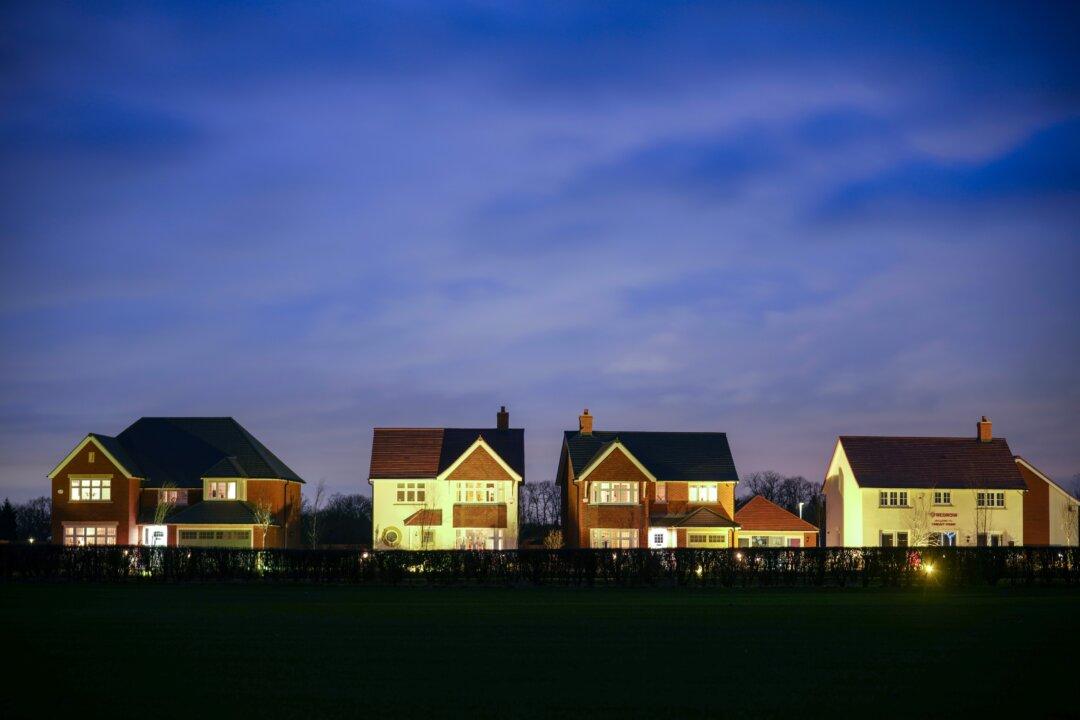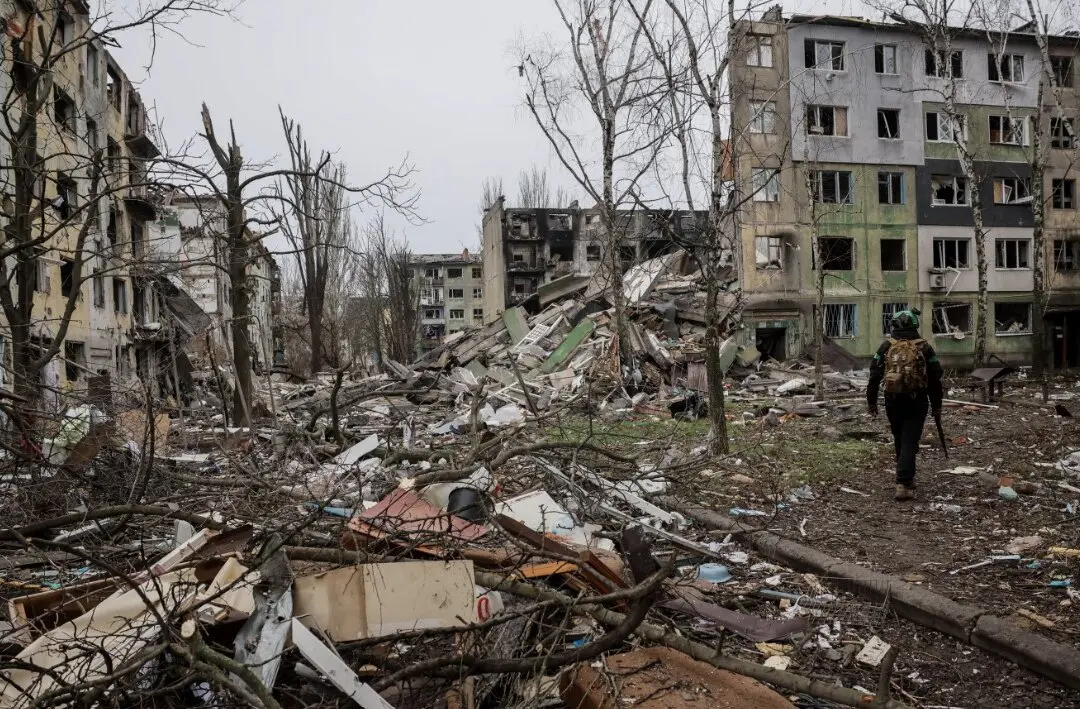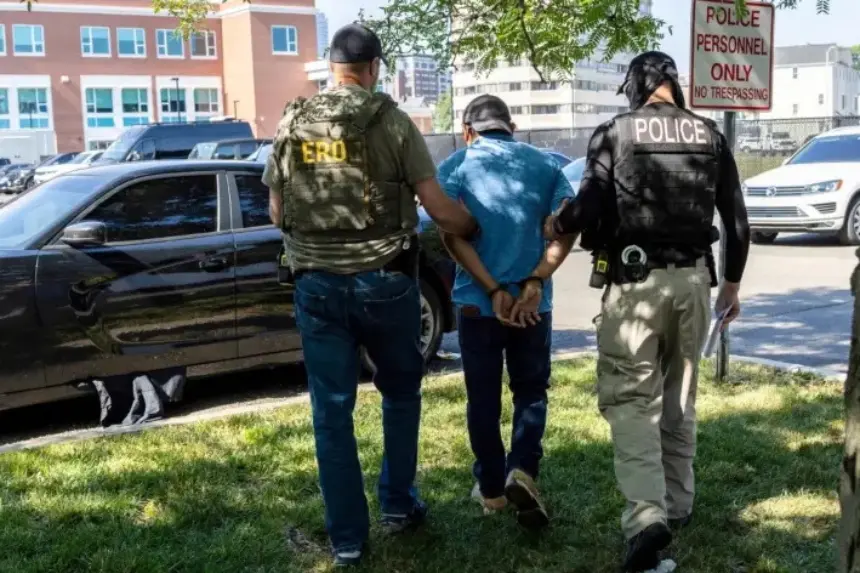Prime Minister Rishi Sunak’s government is set to miss its national housebuilding target by 33,000 homes, according to a committee of MPs that said the national housing crisis showed no signs of easing.
The Department for Levelling Up, Housing, and Communities (DLUHC) will deliver 157,000 new homes this year against its forecast of up to 180,000, says the MPs’ report.





